Peter has brought Christmas Cheer to our home with elegence. The live greens are lush and full, the lights a perfect hue, the bows festive accents, and the planning thoughtful and tailored to our family. He is wonderful to work with, and I can't wait to do so again.Read More
ARTISTIC MASONRY
PETERATKINSANDASSOCIATES@GMAIL.COM
914-234-0161

PETER ATKINS AND ASSOCIATES.,LLC
"Artisans in the Garden"
P.O. Box 238 - Bedford Village, NY 10506
(914) 234-0161
PeterAtkinsandAssociates@gmail.com
Licensed and Insured
Current Home Improvement License
The Age of Stone Masonry
Our masons have undertaken a range of patio, terrace, and driving court installations out of everything from hand split granite pavers to concrete unit pavers. We regularly install all types of stone steps, walkways, walls and garden elements such as benches, tables, plinths and sculpture. We maintain relationships with local quarries and individuals involved in demolition to keep us informed of the best and most interesting items reclaimed from old estates, old gardens and county walls. We are passionate about sourcing unique pieces of aged stone is treasured when it fits nicely into the new landscape hardscapes.
Masonry Project completed with our Stone Masons and Artisans
Hardscape design can help you turn a plain and monotonous space into a delightful and inviting work of art where you will love to spend your time.
Our in house hardscape and landscaping professionals have experience in many different types of patio choices, including pavers, wet and dry laid natural stone, and brick. Patios and decks often include outdoor kitchen, water features, a fire pit, or a fireplace. Retaining walls serve a useful purpose by holding back the earth from certain areas. They can also be a decorative addition to any landscape design. In fact, this type of hardscape construction is sometimes performed simply for aesthetic purposes! Retaining walls can be constructed using several materials, including natural stone, paver, or brick.
Our design team will work closely with you to determine your needs and develop a design you will cherish and enjoy for years to come
DRIVEWAY APRON IN POUND RIDGE BY PETER ATKINS AND ASSOCIATES.,LLC
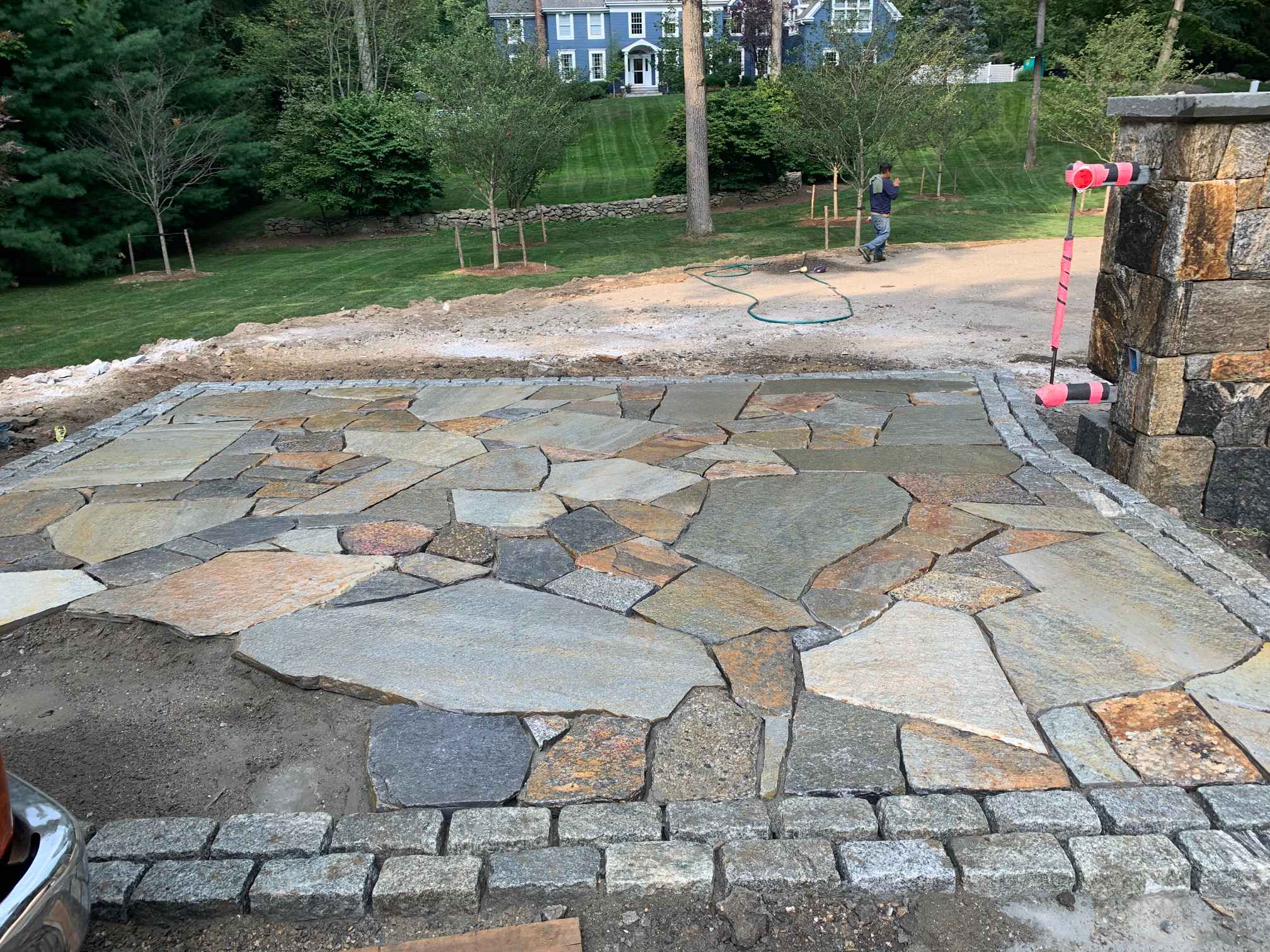
Two Black Lab's who run the property
Cob Cob, Ct
"Ludwin and Roberto did an excellent job. Very professional, from the estimate and proposal process, through scheduling, through execution and clean up. True artistic craftsmanship, completed with a passion and professionalism that is all too rare with contractors today. You can shop around, but if you are seriously looking for top-quality stone work, delivered professionally, you'll wind up hiring this team who is managed by Peter Atkins"
Driveway Entrance Wall and Apron Designed Masonry Team
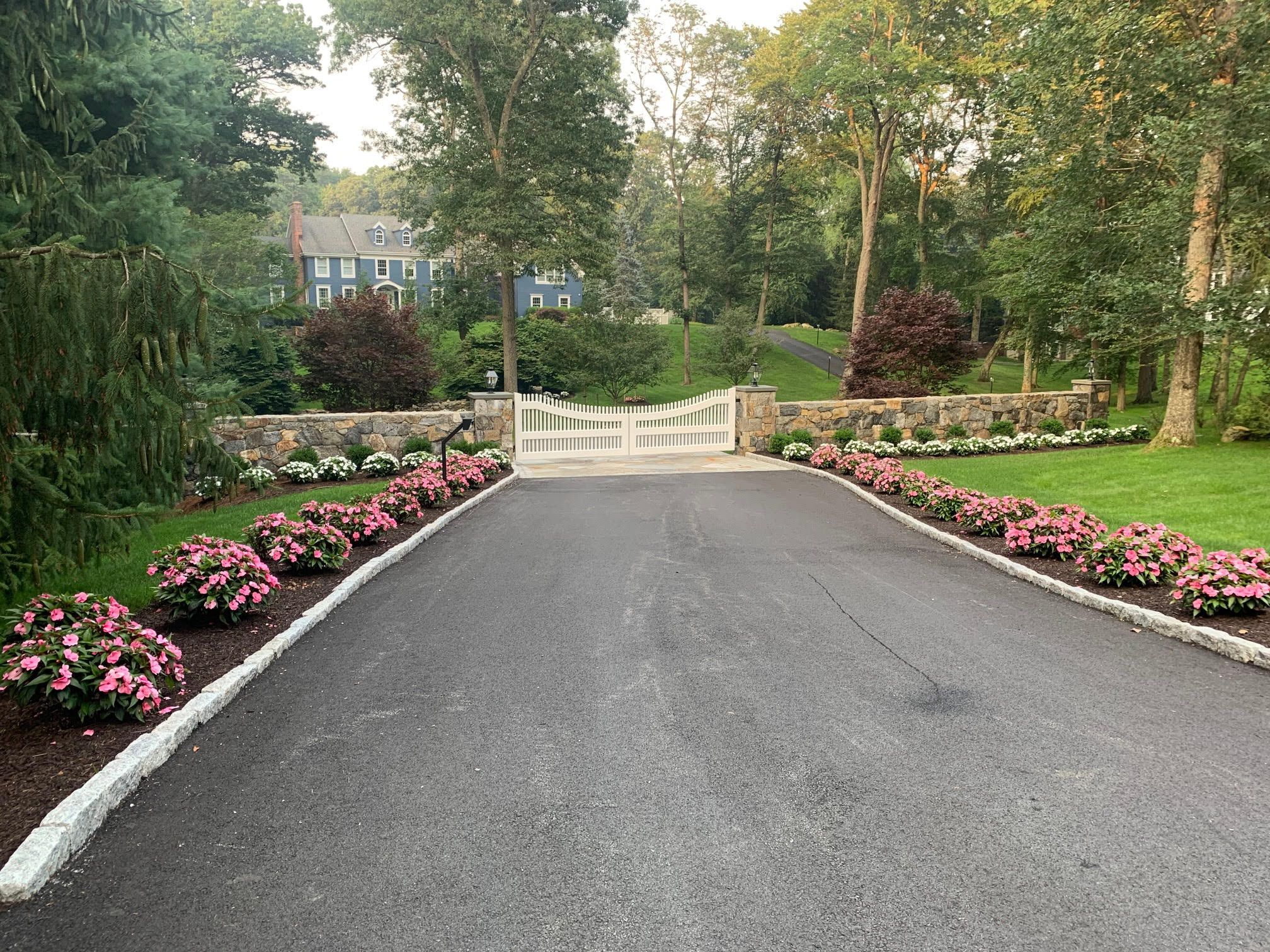
This entrance wall is angled so when at home and looking to gate, the view is straight despite curve in driveway
Backyard Garden Designed and Installed by Peter Atkins and Associates Masonry Team (C)
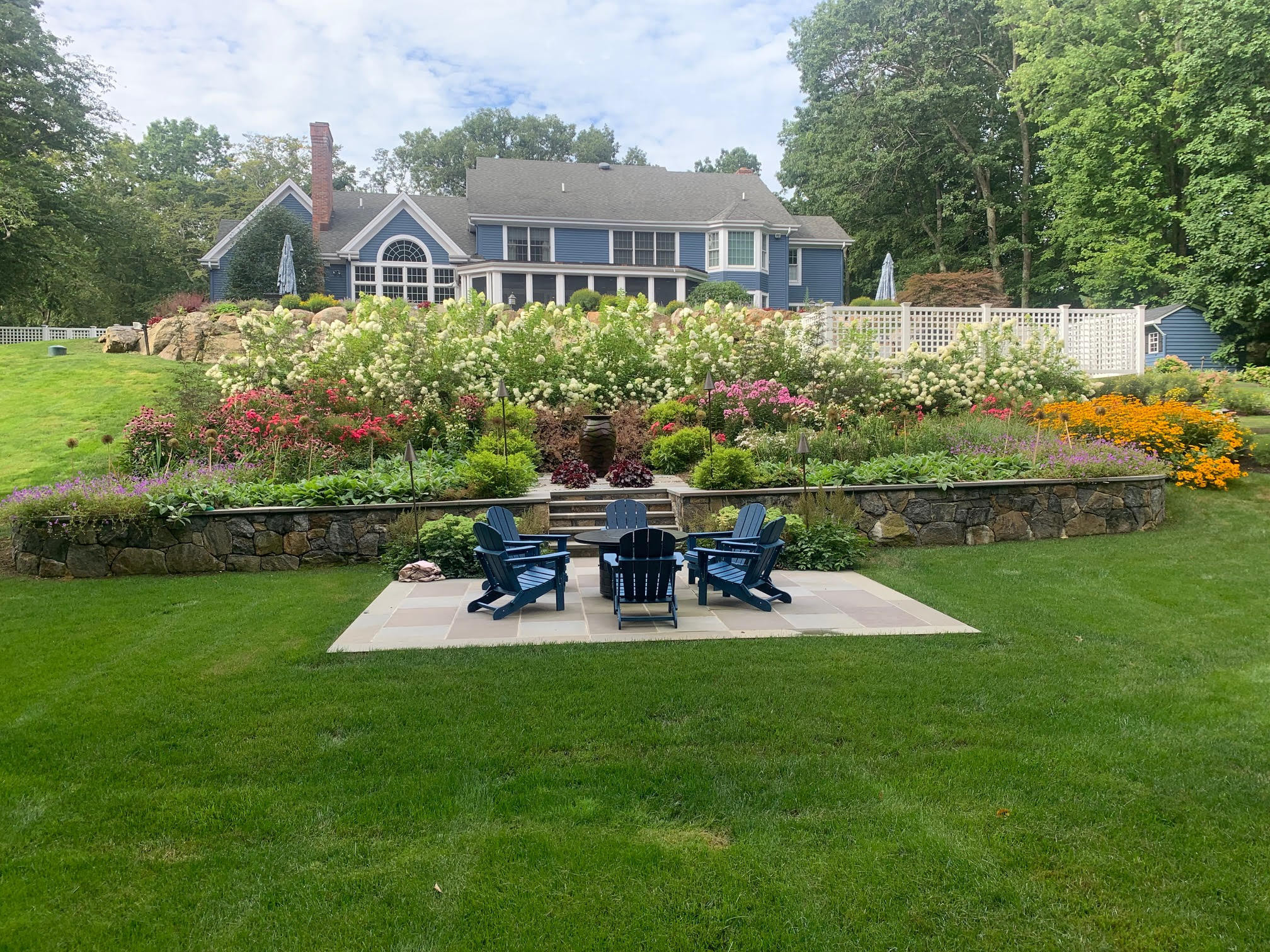
93 feet long x 22 inches wide. It is an old fashioned constructed wall with minimal cement for drainage
Masonry 101
When it comes to masonry, the fine details matter. Especially, with masonry repair. That’s why we’re going to explain about all the different techniques and methods that go into general masonry repair. That way you will have a better understanding of what goes into masonry repairs, how to tell when your own things need to be touched up and can even help you in the future to do it yourself. Also, these are some of the different ways Peter Atkins and Associates can help you with your masonry problems or projects.
One Must have a Plan to Execute the Vision
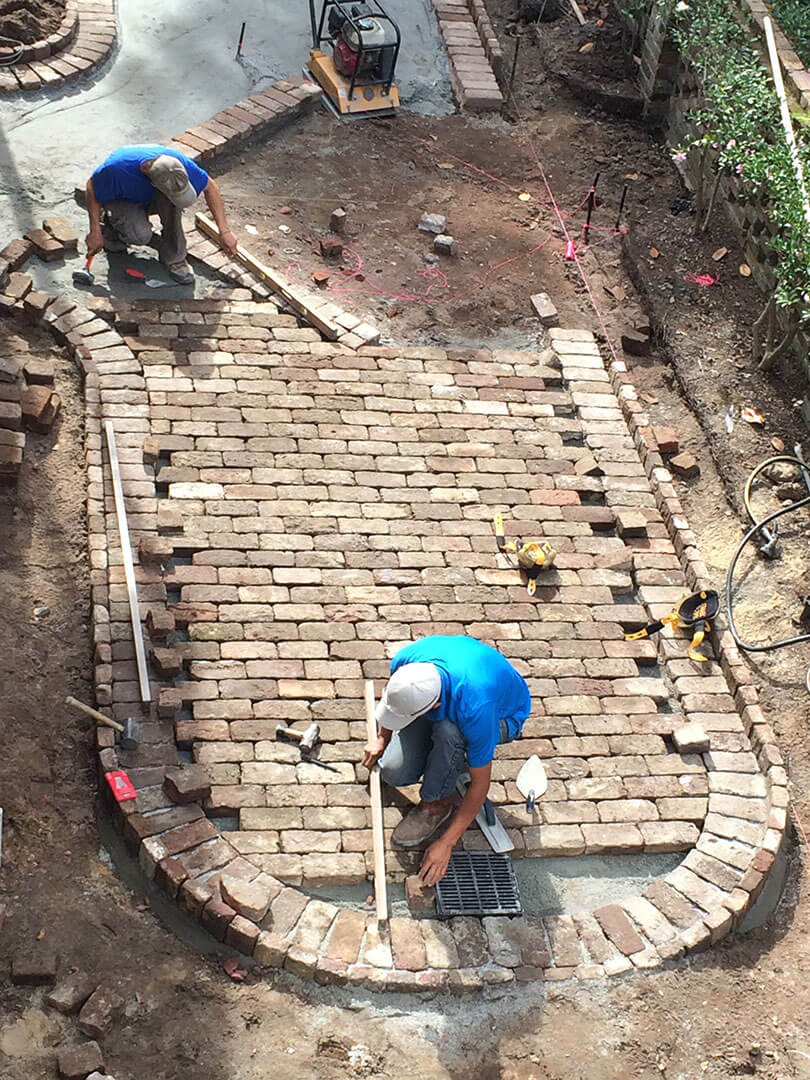
A Masonry Job with Many moving puzzles to solve.
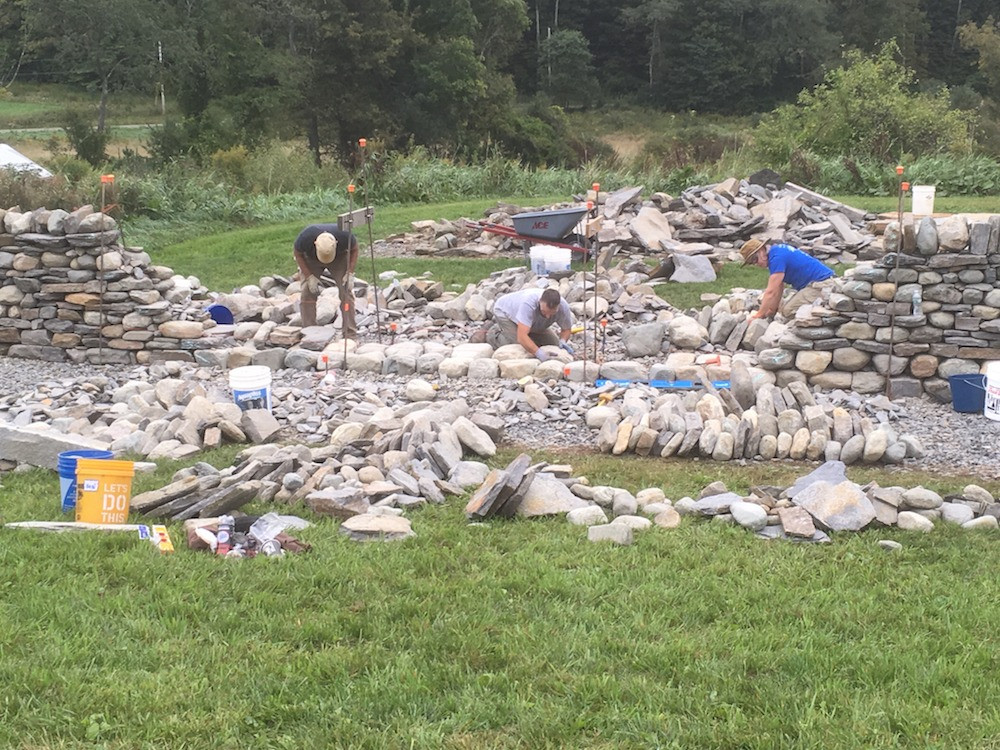
The Basics of General Masonry Repair
A simple definition of general masonry repairs includes fixing any discolored objects, cracking bricks, replacing or fixing aged mortar, or any similar masonry that is losing its visual or structural edge.
While masonry repair are often confused with masonry restoration, the two are very different methods as the latter is a much more involved, lengthy and complex process. Restoration has a bigger emphasis on major if not total replacement.
The Tired Walkway into the House (A)
The Updated Walkway into the House (B)
The Tools and Techniques of Masonry Repair & Execution
No mason is complete without his or her toolbox. So, it’s important to have a firm understanding of the tools and techniques that are involved. A mason will typically use a wire brush, at least one chisel, patching compounds, brushes of different sizes, a raking tool, a jointing tool, concrete and caulk. With these and perhaps other tools, masons will often repair indoor or outdoor cracked bricks or exposed brick walls, repair walls suffering from excessive peeling, fortify masonry joints and so on.
Depending on the complexity of the job, the removal of efflorescence can take place as well. This is an important step of the masonry repair and is often best handled by experts as efflorescence is something that needs to be removed from any and all masonry surfaces before any replacement coating is applied.
This is because efflorescence is the result of moisture coming into contact with masonry surfaces. This moisture can cause further damage if it is not removed and is instead coated over, leaving it deeper in the brick or concrete.
Depending on whether the efflorescence is outdoor or indoor and depending on how much of it there is, the mason may choose to use a substance known as muriatic acid to remove it. It is a very corrosive and potent chemical and it should only ever be handled by certified experts who know their general masonry repairs inside and out.
Moisture is often a big problem in masonry repair for degrading masonry surfaces and is probably one of the reasons why your walls may be experiencing severe peeling. This is why getting general masonry repair done during hot and dry seasons, particularly the summertime, is ideal. That means less air and moisture will seep through during any repairs which results in a longer lifespan of your masonry materials. Foundation repairs that are needed can also be caused by some of these common issues.
Another masonry repair to consider is when it comes to cracks in walls, this is more likely the result of settling rather than moisture, but like moisture, it is something that tends to happen over time. It takes a professional mason to decide whether these walls should be given extra structural fortification before they receive their general repairs.
Masonry Pillars and Gate Post awaiting Custom Gate that is being built
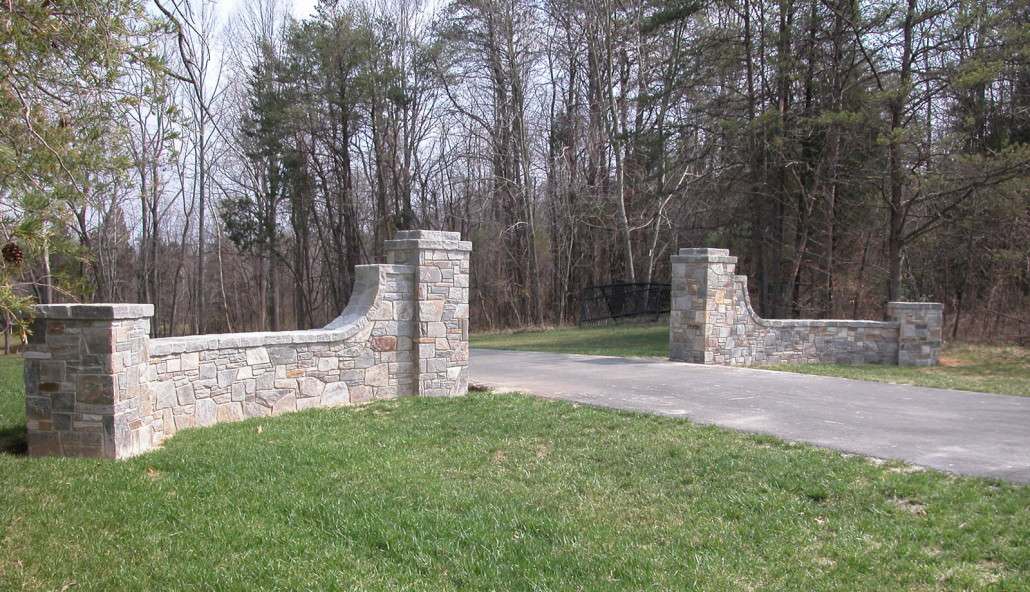
Everyone Needs a Masonry Plan
Every good custom masonry project begins with a good plan. This involves knowing where you’re going to do your project, what materials it is going to use, an estimated cost, and approximate timeline for the entire thing.
You will also want to be sure that the result will fit in well with the rest of your home.
You’ll also want to plan when exactly to start your custom masonry project. We are accepting new jobs for the spring 2022 and depending on the snow fall amounts we might be able to get started on the job sooner than latter.
Susan
Greenwich CT
We've had the pleasure of working with Peter Atkins and his staff on several occasions over the past 20 years - three patios, an outdoor fireplace and a circular driveway. Peter consistently demonstrated an attention to detail and follow-up throughout the entire project. He is a trusted craftsman who is well respected and is referred to family, friends and anyone in need of quality mason work. We look forward to our next project!
Landscape Masonry
Every landscape development and installation project require masonry work. Whether it is creating or repairing your driveway, pool deck, walls, or patio, only the knowledge, and firsthand expert skills of our team can guarantee successful results.
We at Peter Atkins and Associate are proud of the masonry and paving achievements we have made for our clients. Our elevated level of technical skills honed through years of experience, knowledge, equipment, and dedication to our clients' complete satisfaction are what make us stand out from the competition. No matter the size or complexity of the project, we use these resources to complete masonry works on schedule. Our growth can be traced to the trust clients have given us, and we repay them with services that exceed their expectations.
The depth of landscape construction experience we are committed to the highest quality of service and artistry, making every job our most important. Our insight and creativity allow us to customize your project to reflect your own personal lifestyle, while our exceptional skills enable us to enhance the value of your property.
Our entire team is equipped with a broad range of landscape construction ability, and we continually add to our credentials through challenging projects and continuing education.
Woodland Path with Stepping Stones to meditation location surrounded by nature.

paul harding
“I could not recommend a company more than Peter Atkins and Associates., LLC. They are professional, reliable, timely, honest and perform top quality work consistently. With Peter Atkins, you know you are getting exactly what you ask for each time. We really appreciate your professionalism and calm demeanor throughout the project. We are so excited by this update to our home, which is sure to enhance every gathering we hold with family and friends. In addition to the excellent quality of the work, we would like to thank you for the great communication and reasonable pricing. From our first meeting until the last day of the project, you and Mary Ann provided us with explicit details about the work and were in continuous communication with us about expected progress. We will be more than pleased to recommend you to anyone who needs your horticultural professional help. We are very happy that our entire landscape will be maintained organically, thanks to your guidance and encouragement. Best Regards Paul and IreneRead More
Designing installing and maintaining gardens
Peter takes wonderful care of our landscape. We feel very fortunate to have his advice and services. He has a fantastic eye for designing harmonious planting spaces. He is a meticulous planner and delivers everything that he promises. His exceptional crew brings his visions to life and they take great care of our property. We strongly recommend Peter and his team!Read More
Houzz User
Peter and his team have provided fine garden maintenance on my property for the past two seasons. I reached out to them because, after many attempts at hiring landscapers to maintain my planting beds, the results were always the same. Plants lost to disease, improperly pruned annuals trimmed at the wrong time of year, and the use of chainsaws on all shrubs made me realize I needed a company that was schooled in fine garden design and maintenance. Fortunately, online research led me to Peter's company. After meeting to discuss my goals and hearing his plans, I was thrilled at the possibilities. The transformation was nothing short of magical! The gardens became stunning displays of nature's beauty. Sometimes, that required moving plants around or adding color and dimension to other areas. When it was time for my daughter's wedding event, Peter and his team worked tirelessly to ensure everything was in tip top shape and beautiful. I highly recommend Peter!Read More
John Zimmerman
When I contacted Peter he was enthusiastic about our smallish project to renovate the circle area of our driveway. In the late winter we met and spoke about the goals. After a careful review he gave us a quote which was reasonable and filled all our desires and more for the project. I would reservedly recommend using him for a landscaping project. In fact there are other areas of our property that we may work on with him in the future. (The actual cost was at the very low end of the approximate cost range.)Read More
Dry River Bed to collect run off on this sloped property.
Water Garden with Gazabo overlooking mixed garden setting
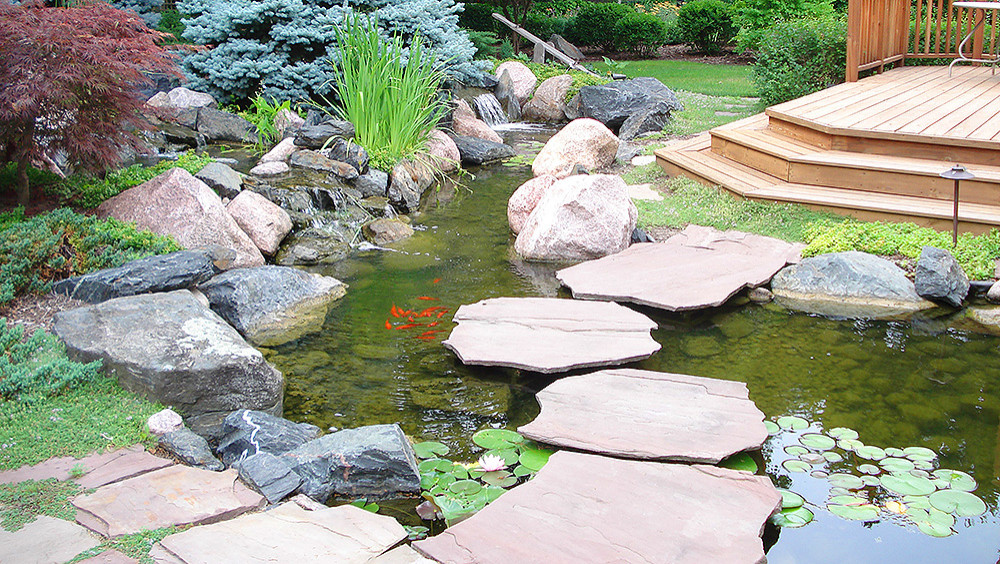
Michael
Bedford, NY
"Peter Atkins and his extraordinary team are true craftsman. Peter and Ludwin have a great artistic sense and came up with some terrific ideas for our project. My backyard has a very challenging grade issue, but Peter came up with some very practical solutions to overcome the barriers. He and master Ludwin are very meticulous about t heir work....... takes a great deal of pride in job that we had them execute. . My family and I are absolutely thrilled with our new backyard".
Woodland Setting Meets Stone Patio and WaterFall
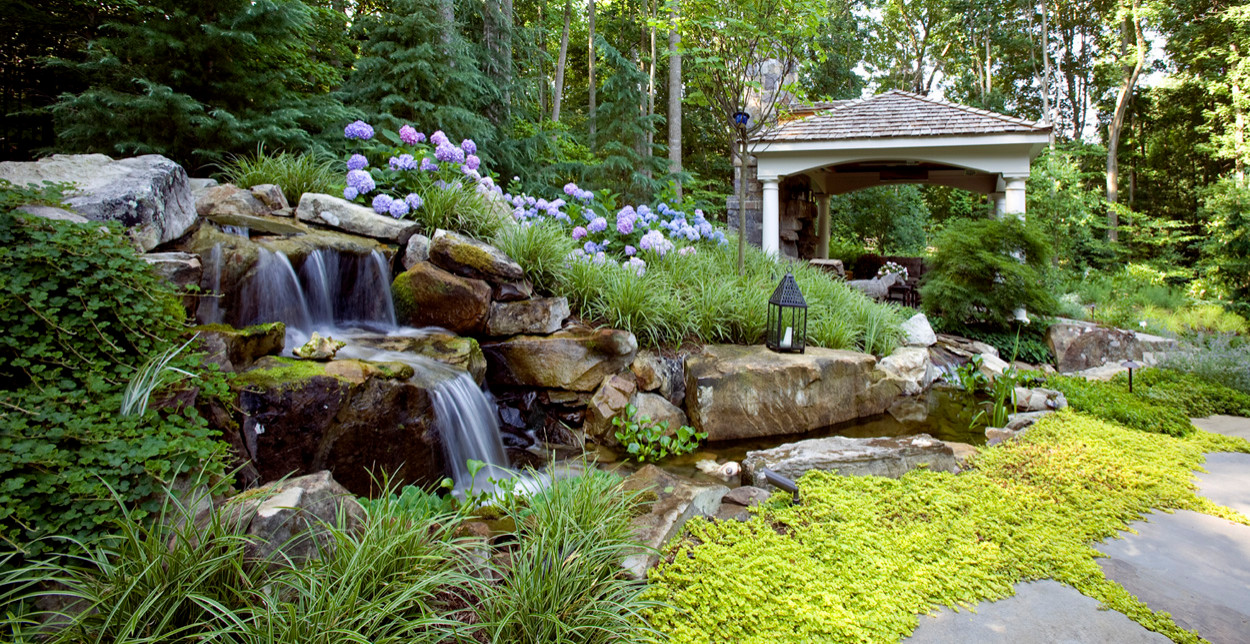
Who said a walkways had to be straight.

We resurfaced this patio so that the cracks match

Brick Unilock Masonry Paver Driveway to Match the House Foundation.
Signature Masonry Tread Stairs with Grass Joints
Veneer Masonry Stone Wall and Flagstone to Match

Masonry Rustic Firepit
Formal Stone Wall and Fountain Garden
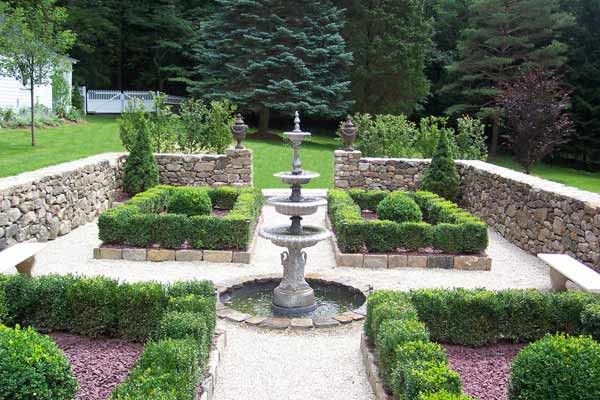
Masonry Stairs and Garden Pockets soften the staircase
Old Cement Walkway in Cos Cob, CT
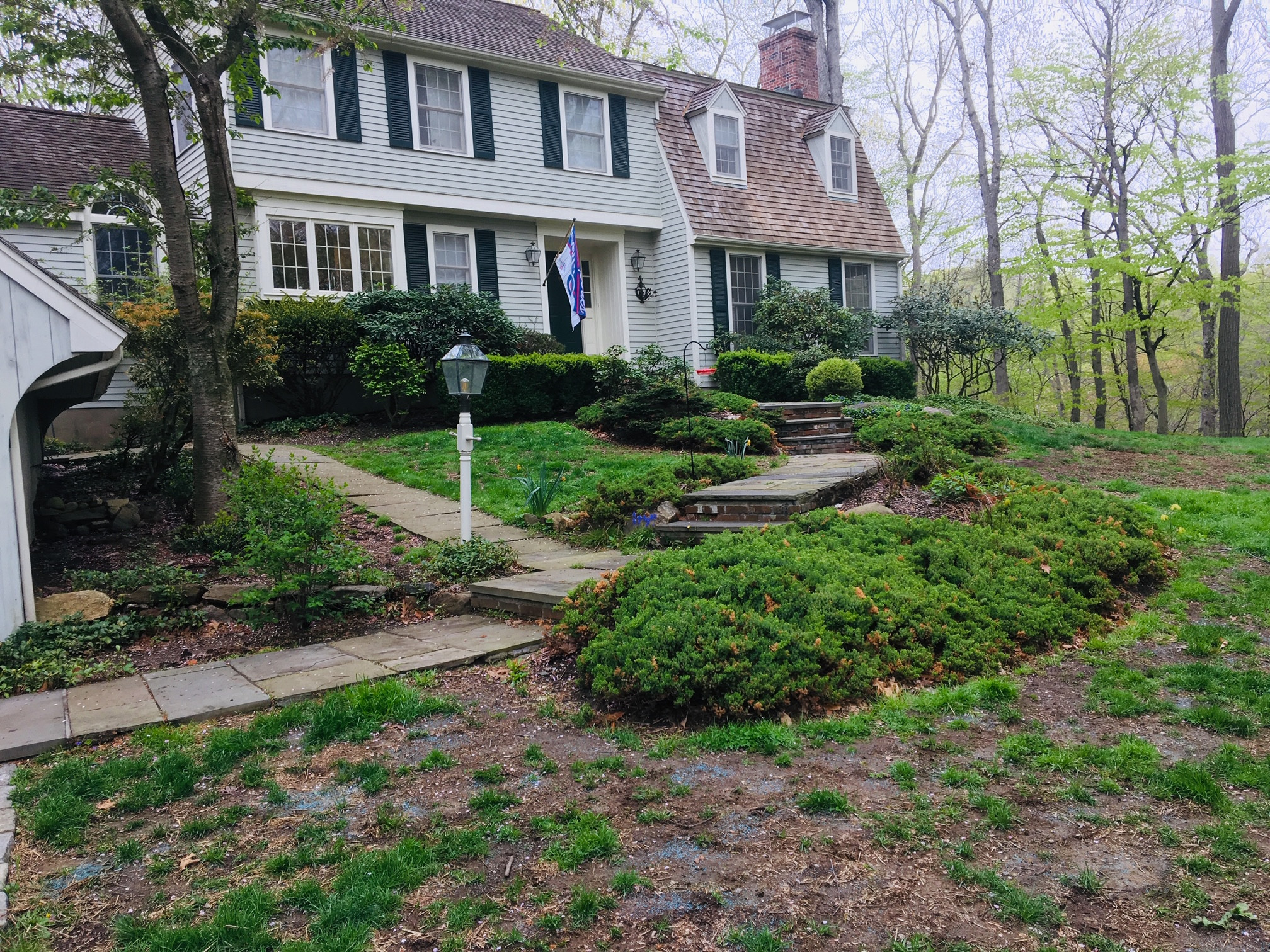
New Masonry Walkway that is Safe in Cos Cob, CT
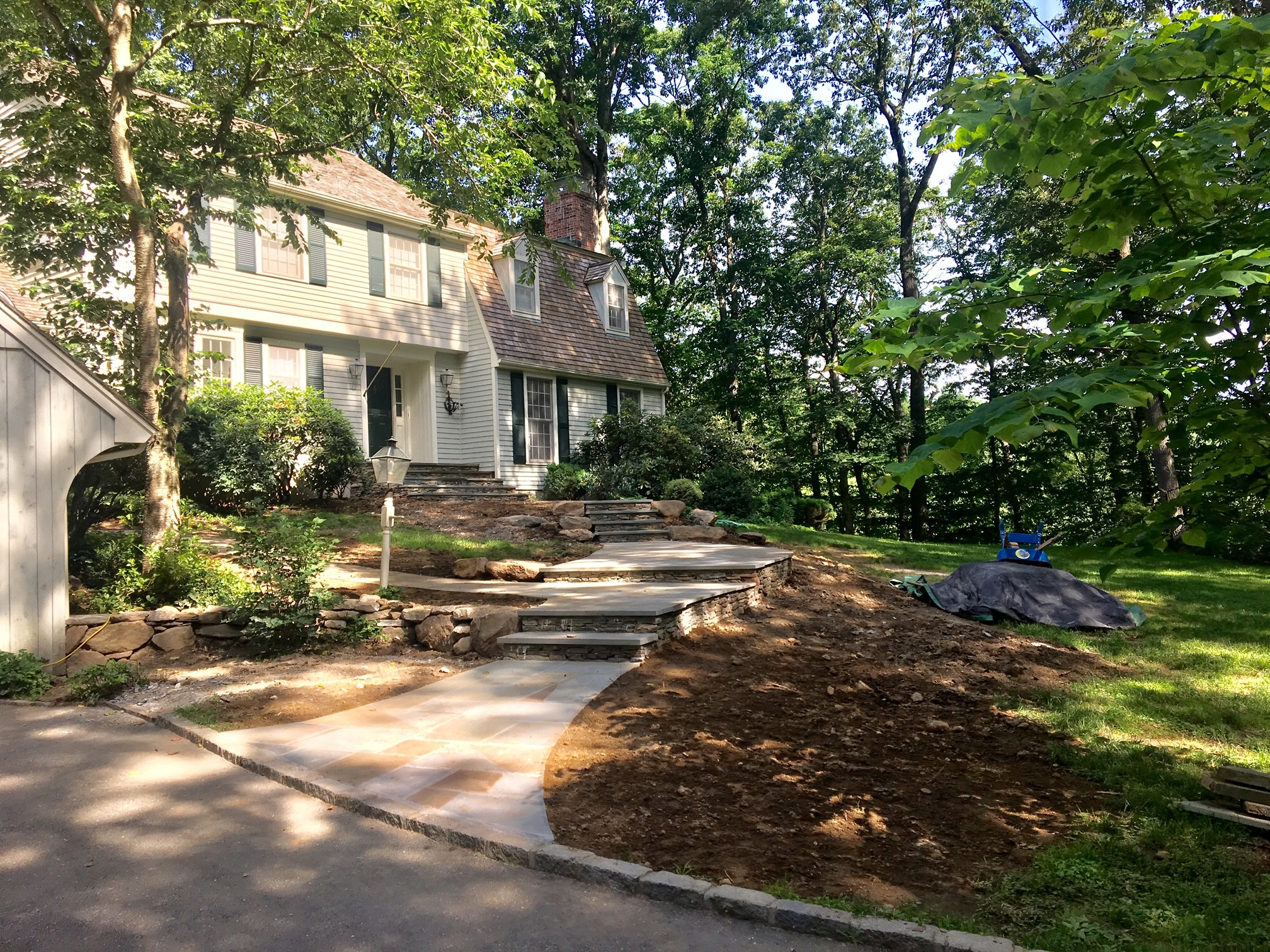
Get a FREE estimate and an on-site inspection for any service. Our owner, Peter Atkins has 25+ years of experience in the masonry industry, so you are sure to get quality work from us
Backyard Masonry Patio with Arbor

Unilock Pavers Masonry Driveway and Maintenance by Peter Atkins
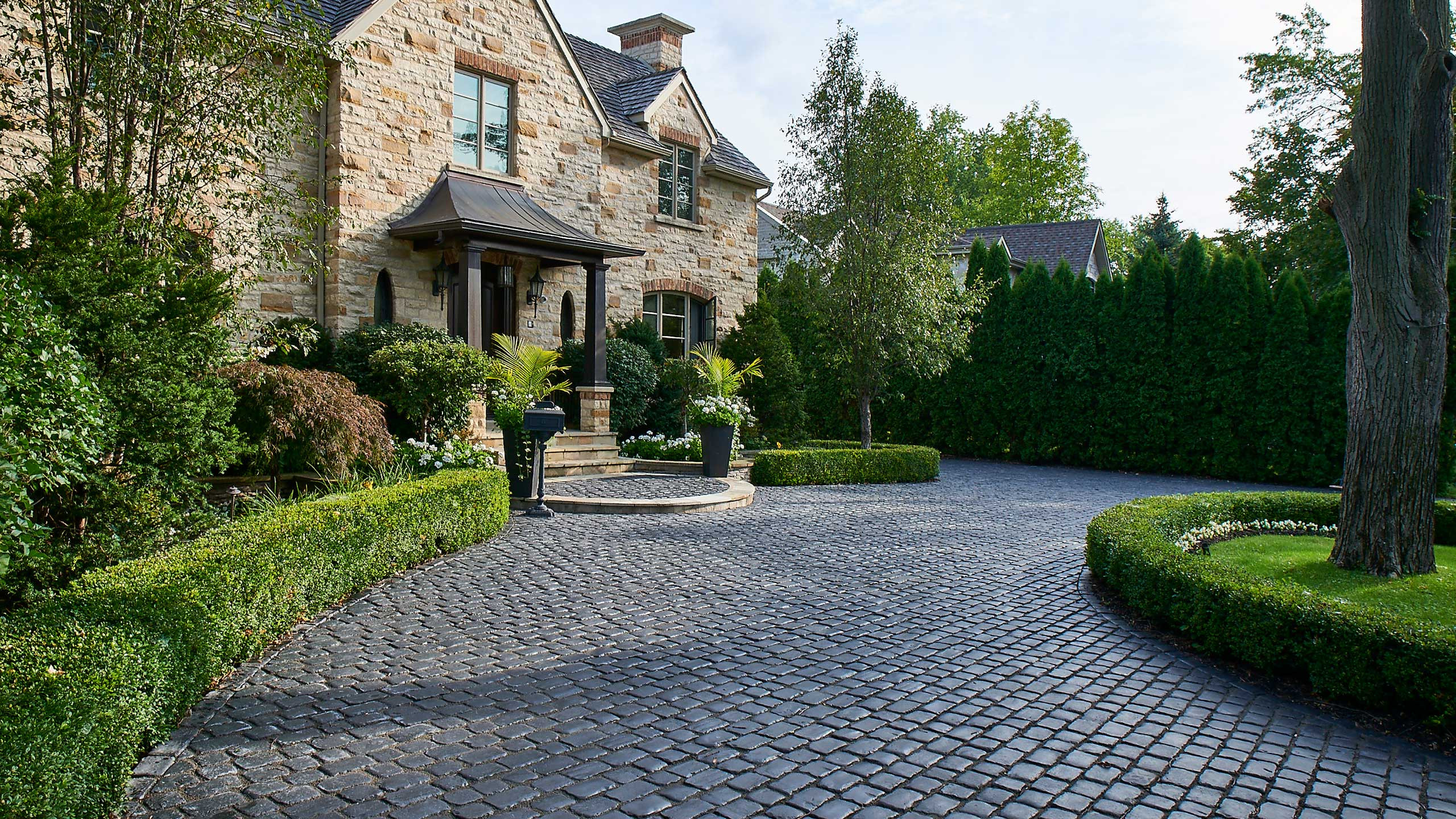
Irregular Stone being installed by Manuel
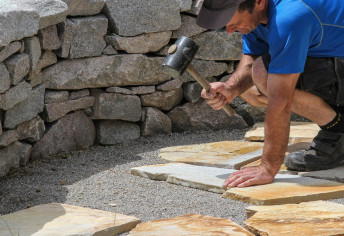
Masonry Team Hard at Work in Cos Cob, CT
Cobble Stone Unilock driveway Stamford, CT by Masonry Team
Unilock Pattern Driveway by Peter Atkins and Associates Masonry Team
Dry Stacked Granite Wall by Peter Atkins and Associates Masonry Team
Fieldstone Steps leading into Rock Garden Peter Atkins and Associates Masonry Team
Stone set in irregular pattern imported from New England Masonry Team

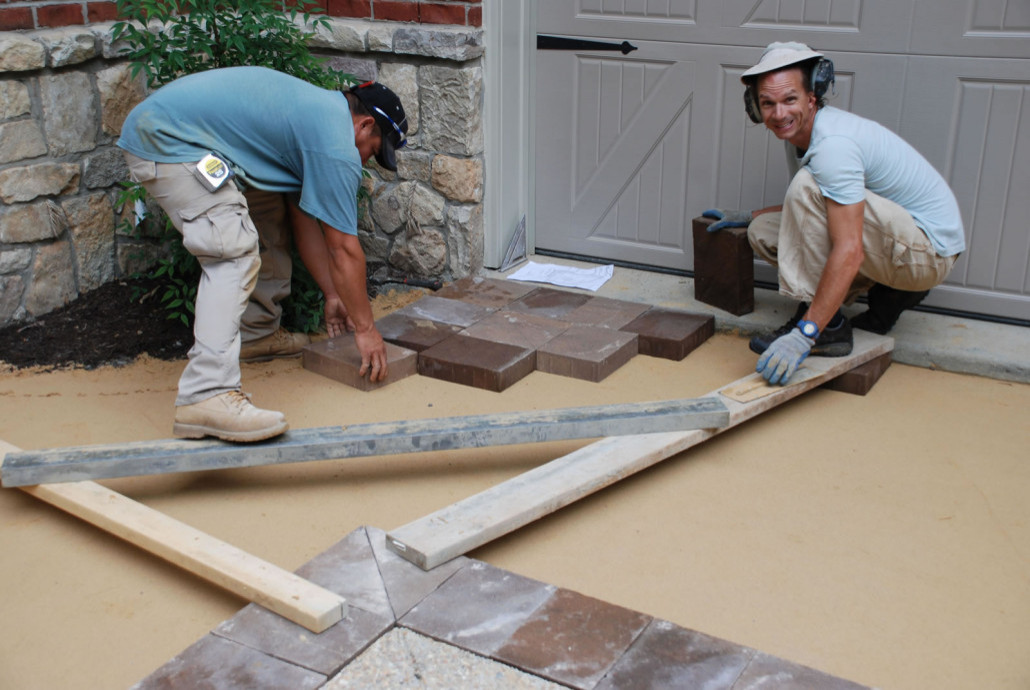
Freestanding County Wall, Masonry Team
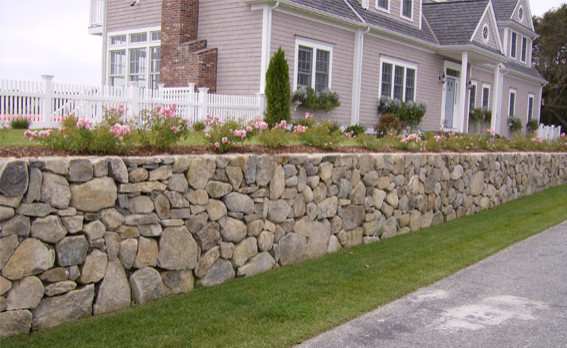
TESTIMONIALS
Barrett Golden
Peter has brought Christmas Cheer to our home with elegence. The live greens are lush and full, the lights a perfect hue, the bows festive accents, and the planning thoughtful and tailored to our family. He is wonderful to work with, and I can't wait to do so again.Read More
paul harding
“I could not recommend a company more than Peter Atkins and Associates., LLC. They are professional, reliable, timely, honest and perform top quality work consistently. With Peter Atkins, you know you are getting exactly what you ask for each time. We really appreciate your professionalism and calm demeanor throughout the project. We are so excited by this update to our home, which is sure to enhance every gathering we hold with family and friends. In addition to the excellent quality of the work, we would like to thank you for the great communication and reasonable pricing. From our first meeting until the last day of the project, you and Mary Ann provided us with explicit details about the work and were in continuous communication with us about expected progress. We will be more than pleased to recommend you to anyone who needs your horticultural professional help. We are very happy that our entire landscape will be maintained organically, thanks to your guidance and encouragement. Best Regards Paul and IreneRead More
Designing installing and maintaining gardens
Peter takes wonderful care of our landscape. We feel very fortunate to have his advice and services. He has a fantastic eye for designing harmonious planting spaces. He is a meticulous planner and delivers everything that he promises. His exceptional crew brings his visions to life and they take great care of our property. We strongly recommend Peter and his team!Read More
Houzz User
Peter and his team have provided fine garden maintenance on my property for the past two seasons. I reached out to them because, after many attempts at hiring landscapers to maintain my planting beds, the results were always the same. Plants lost to disease, improperly pruned annuals trimmed at the wrong time of year, and the use of chainsaws on all shrubs made me realize I needed a company that was schooled in fine garden design and maintenance. Fortunately, online research led me to Peter's company. After meeting to discuss my goals and hearing his plans, I was thrilled at the possibilities. The transformation was nothing short of magical! The gardens became stunning displays of nature's beauty. Sometimes, that required moving plants around or adding color and dimension to other areas. When it was time for my daughter's wedding event, Peter and his team worked tirelessly to ensure everything was in tip top shape and beautiful. I highly recommend Peter!Read More
John Zimmerman
When I contacted Peter he was enthusiastic about our smallish project to renovate the circle area of our driveway. In the late winter we met and spoke about the goals. After a careful review he gave us a quote which was reasonable and filled all our desires and more for the project. I would reservedly recommend using him for a landscaping project. In fact there are other areas of our property that we may work on with him in the future. (The actual cost was at the very low end of the approximate cost range.)Read More

CREATE YOUR DREAM HOME
Let's talk about your dream yard
Peter Atkins will come to your property, listen to your ideas and talk about how we can work together to create your dream landscape.
Tell us about your landscape goals! Are you interested in stonework, a new planting installation, habitat restoration, or maintenance services for a natural-looking landscape? Or maybe all of the above?
PLEASE SEND ME US AN EMAIL PeterAtkinsandAssociates@gmail.com
Peter Atkins Cell (914) 234-0161